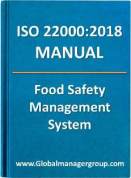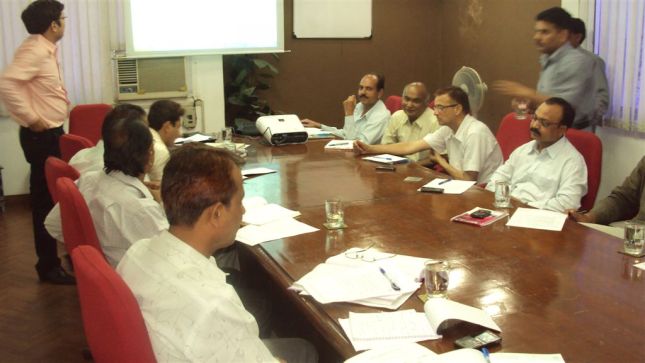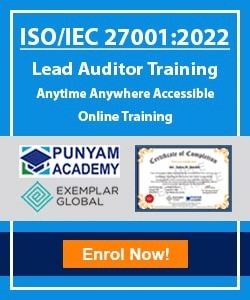ISO 22000:2018 is a certification standard for Food Safety Management System (FSMS) which is appropriate regardless of the step in the food chain or the size of an organization. ISO 22000:2018 states that an organization requires the ISO 22000:2018 documents necessary to ensure the effective development, implementation and updating of the food safety management system. There are specific references in the standard where it prescribes that the food safety management system will need to have documents and these should be included in an ISO 22000:2018 Manual.
 The ISO 22000:2018 Manual must clearly define the scope of the food safety management system where food safety manual provides an overview of the food safety management system. The ISO 22000:2018 Manual establishes and states the policies governing the company’s food safety management system. These policies define management’s arrangements for managing operations and activities in accordance with ISO 22000:2018. These top-level policies represent the plans or protocols for achieving food safety, quality assurance and customer satisfaction.
The ISO 22000:2018 Manual must clearly define the scope of the food safety management system where food safety manual provides an overview of the food safety management system. The ISO 22000:2018 Manual establishes and states the policies governing the company’s food safety management system. These policies define management’s arrangements for managing operations and activities in accordance with ISO 22000:2018. These top-level policies represent the plans or protocols for achieving food safety, quality assurance and customer satisfaction.
When developing an ISO 22000 manual it is necessary to ensure that the basics of the standard are covered and that the documentation specified in the standard is included. The function of the food safety manual is to demonstrate the ability of the organization to manage a food safety management system and impress the customer or meet customer requirements, defining and clarifying food safety, facilitating change, improving communications, satisfying international business requirements, serves as training aid, provides a control system and serves as a guide for suppliers.






